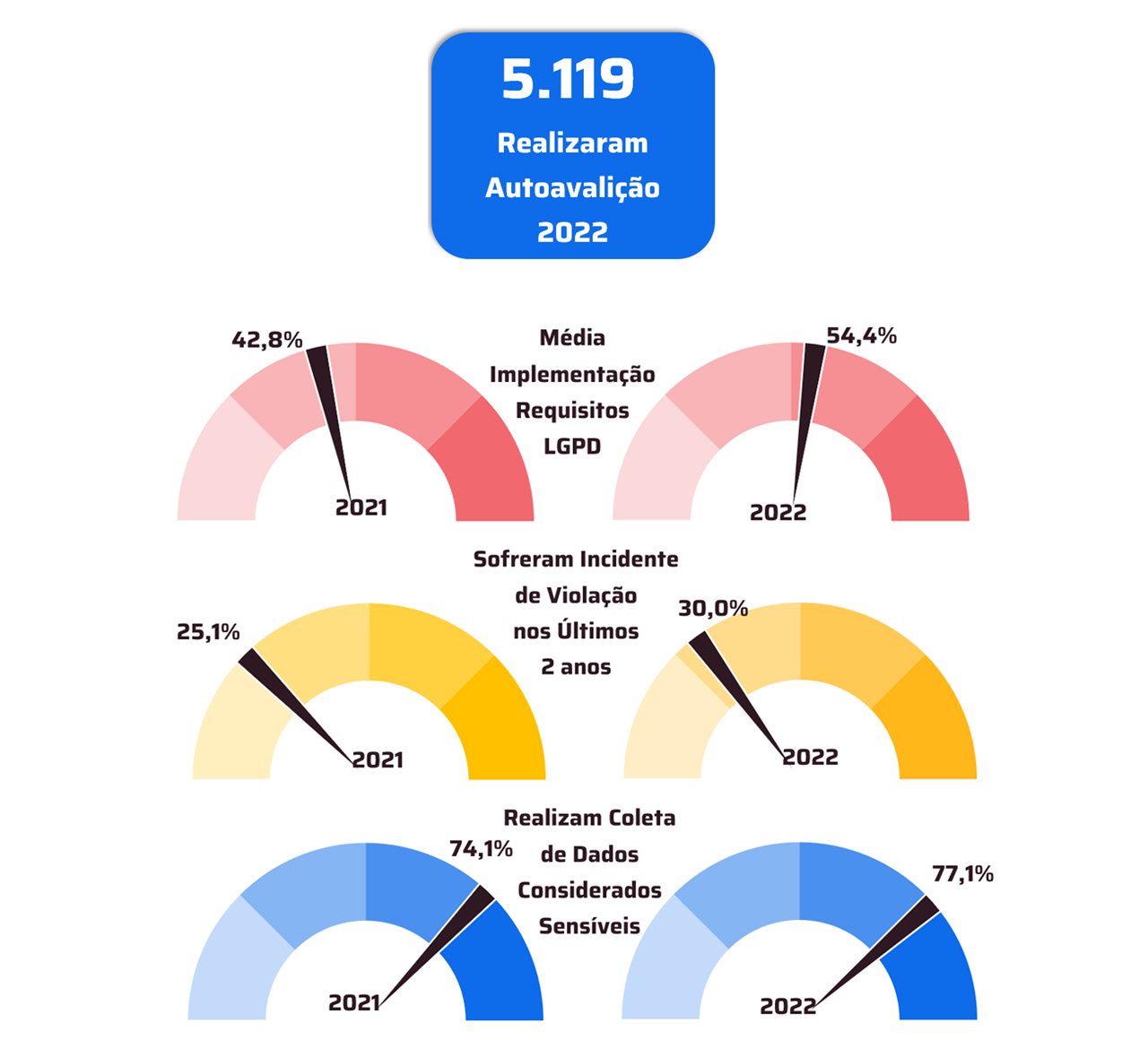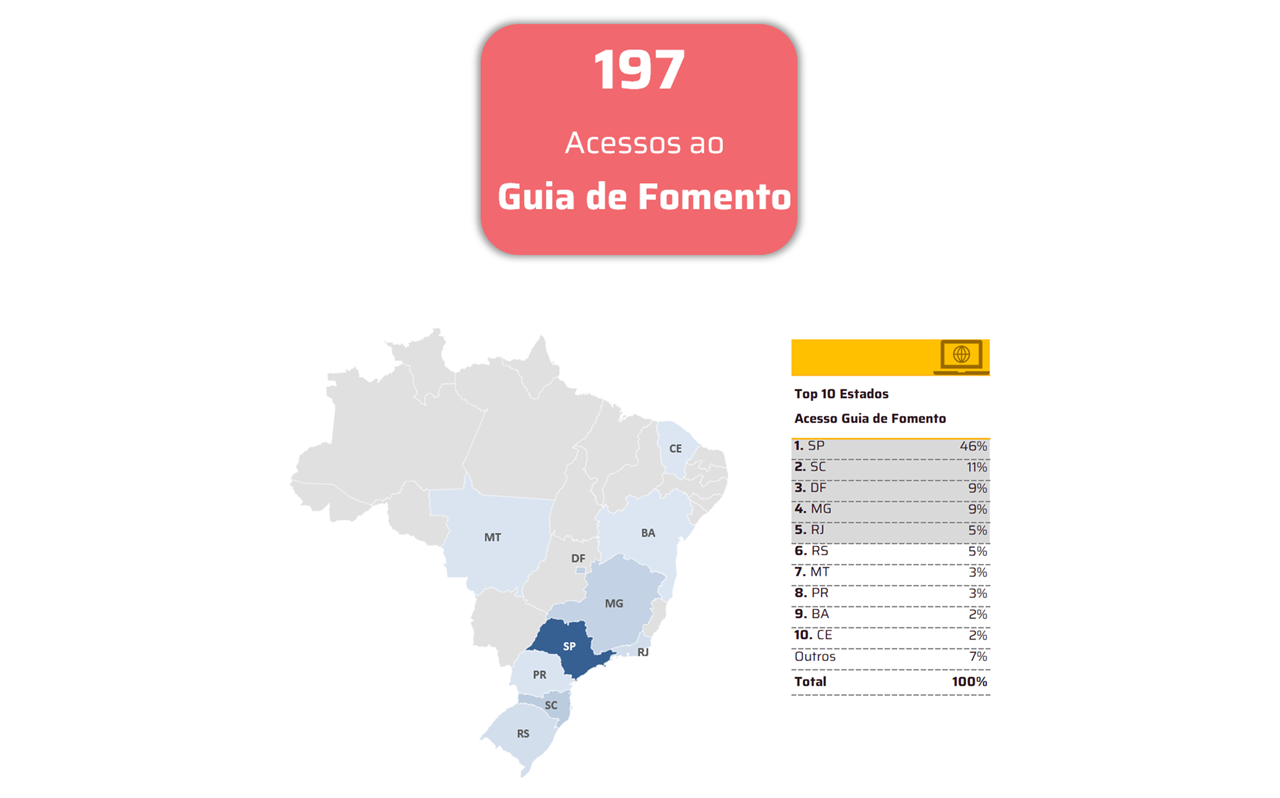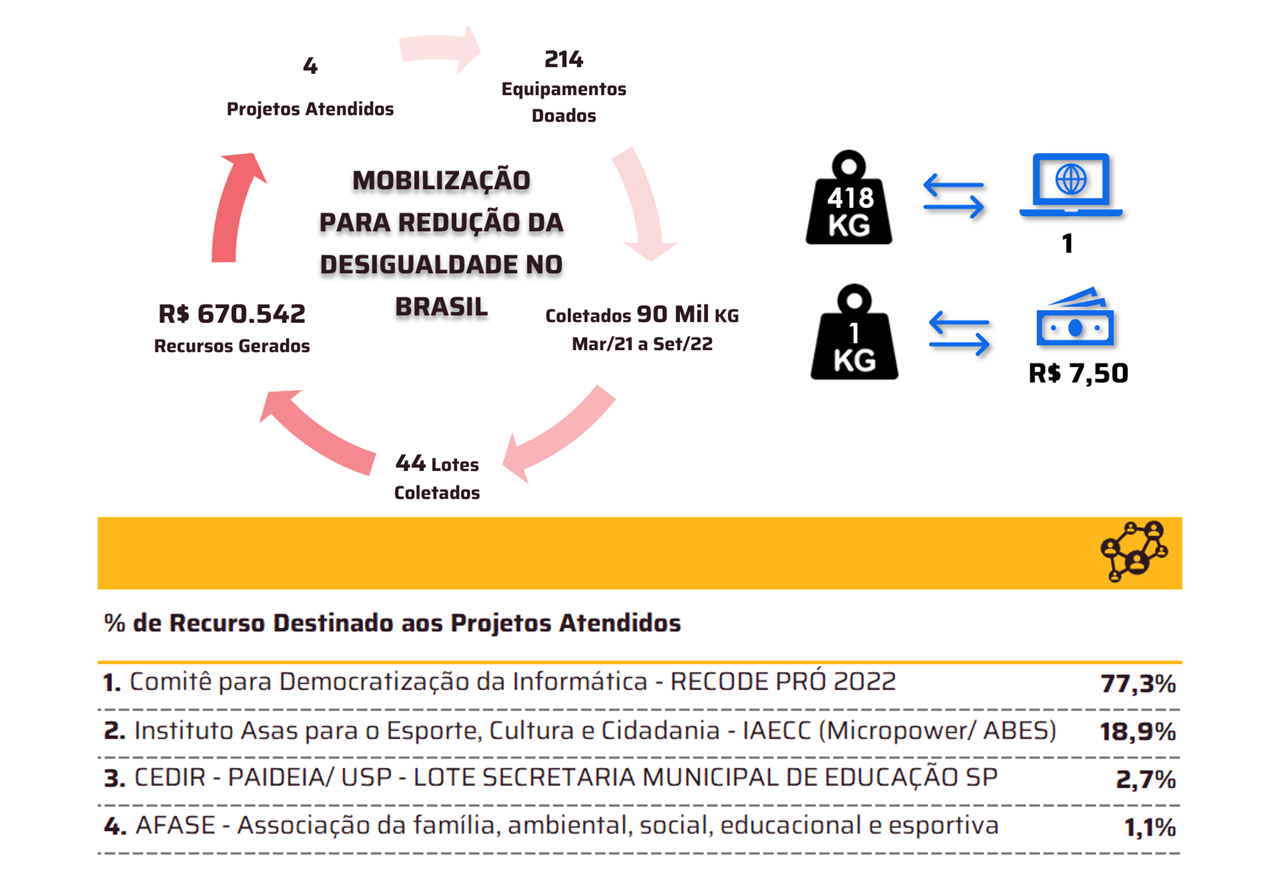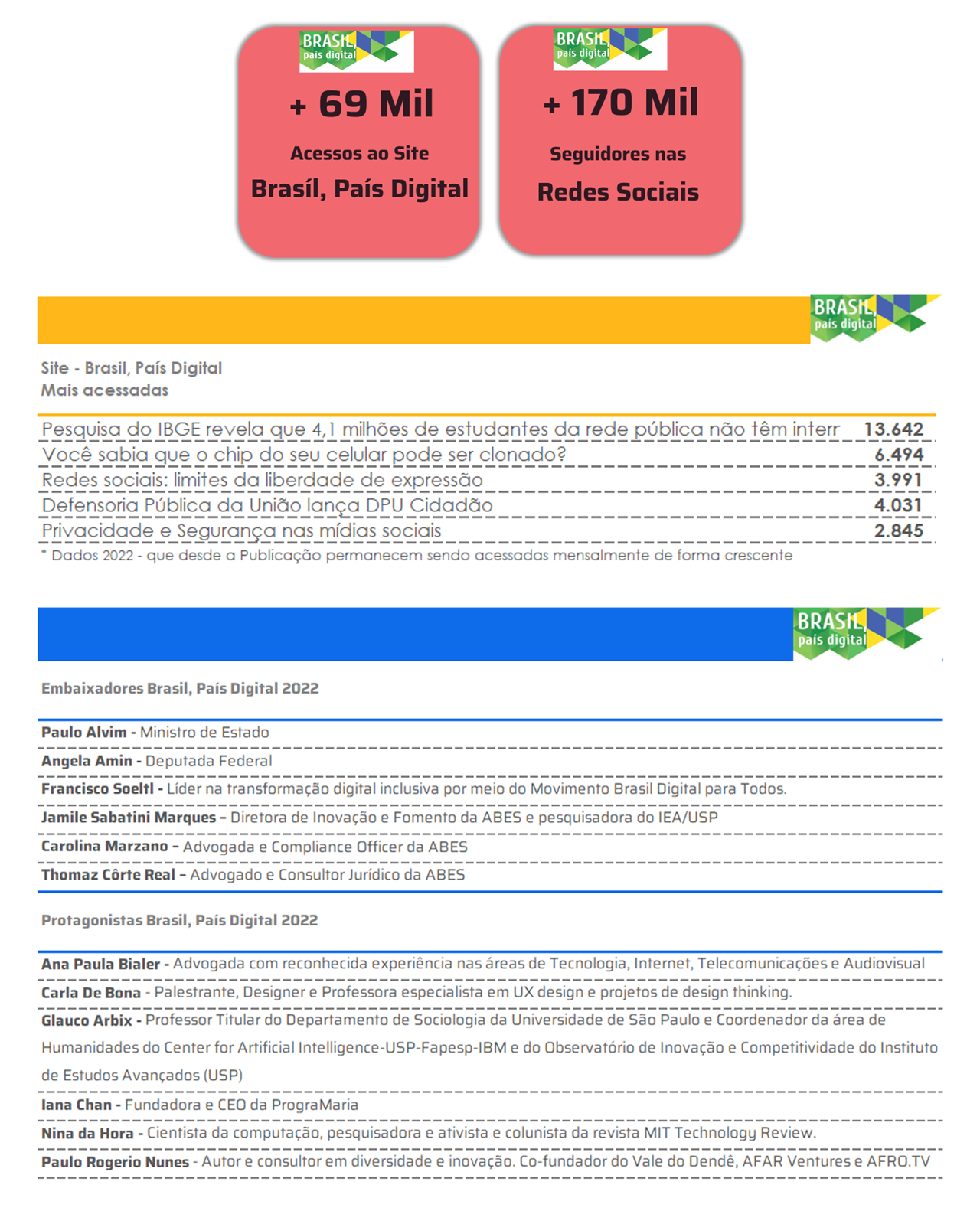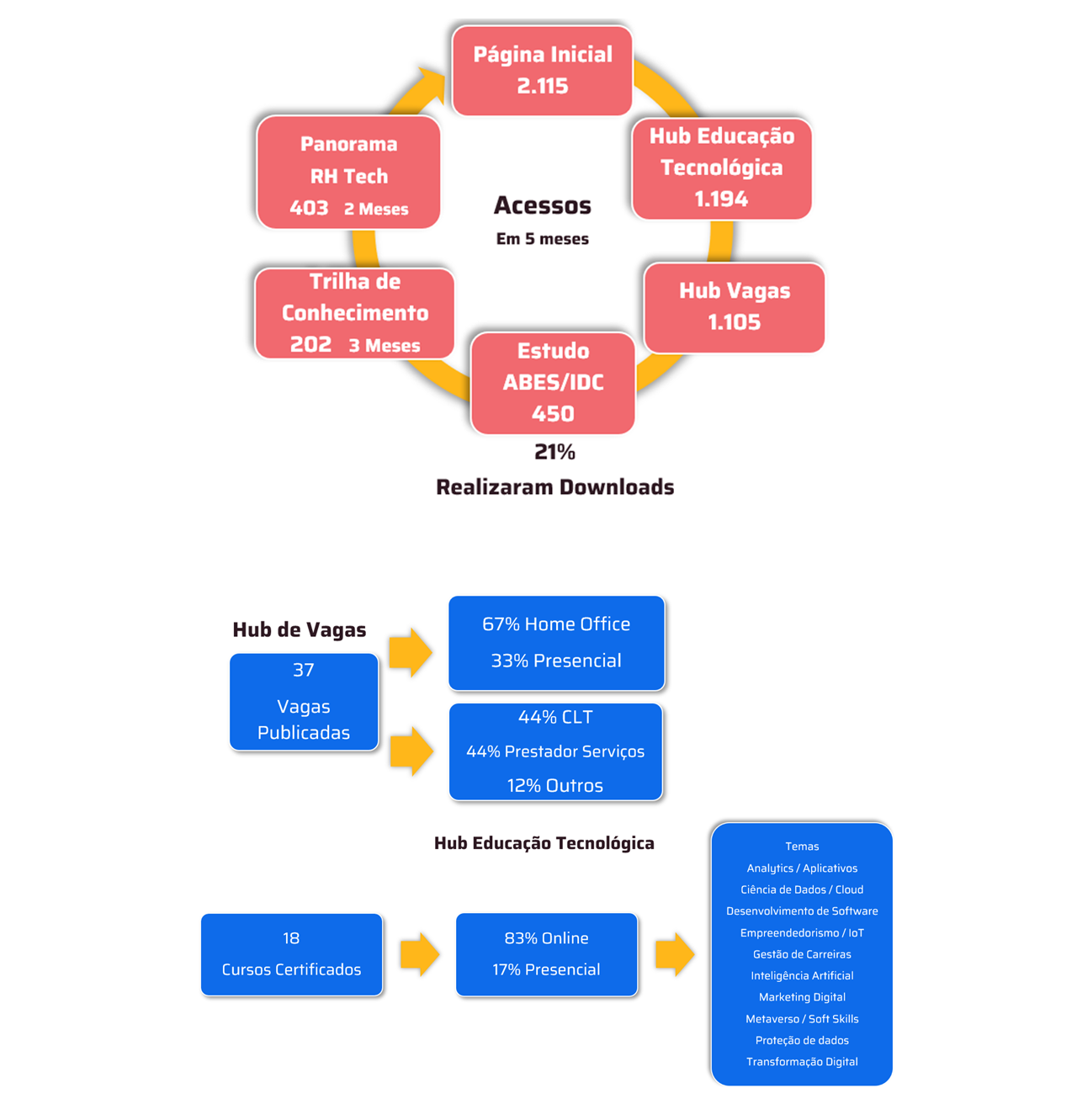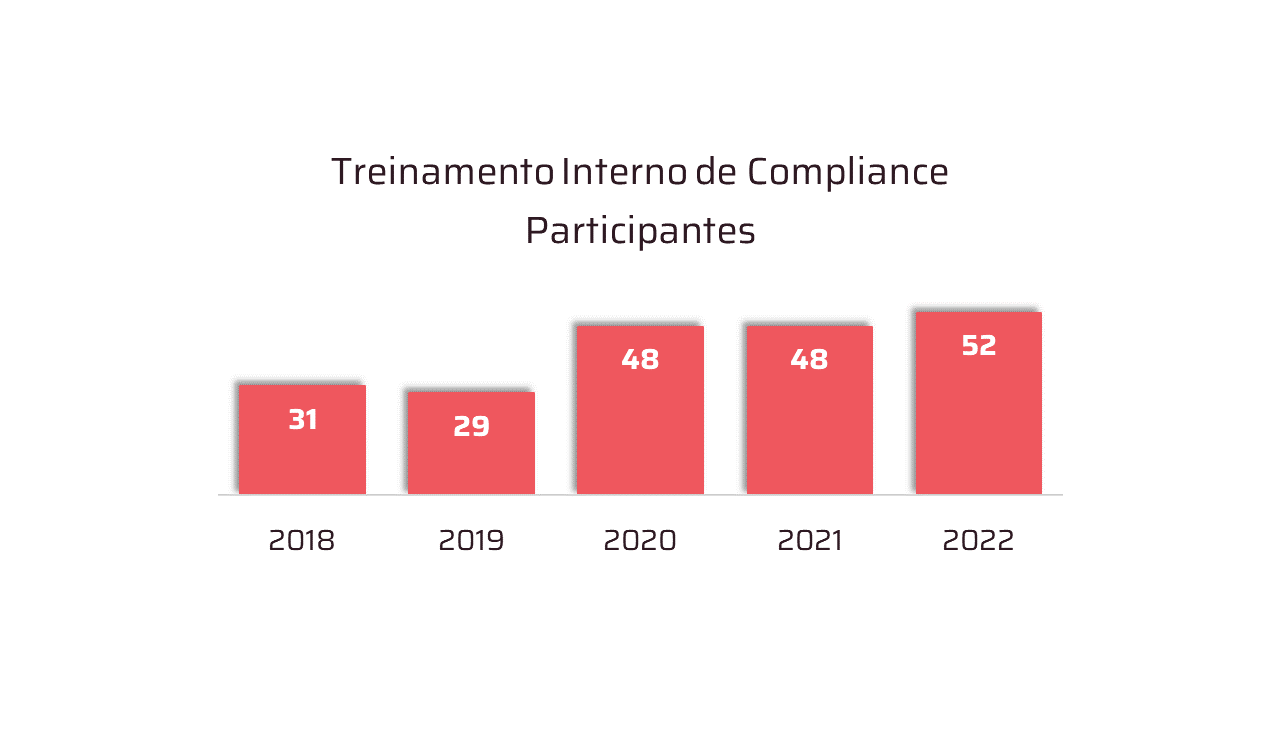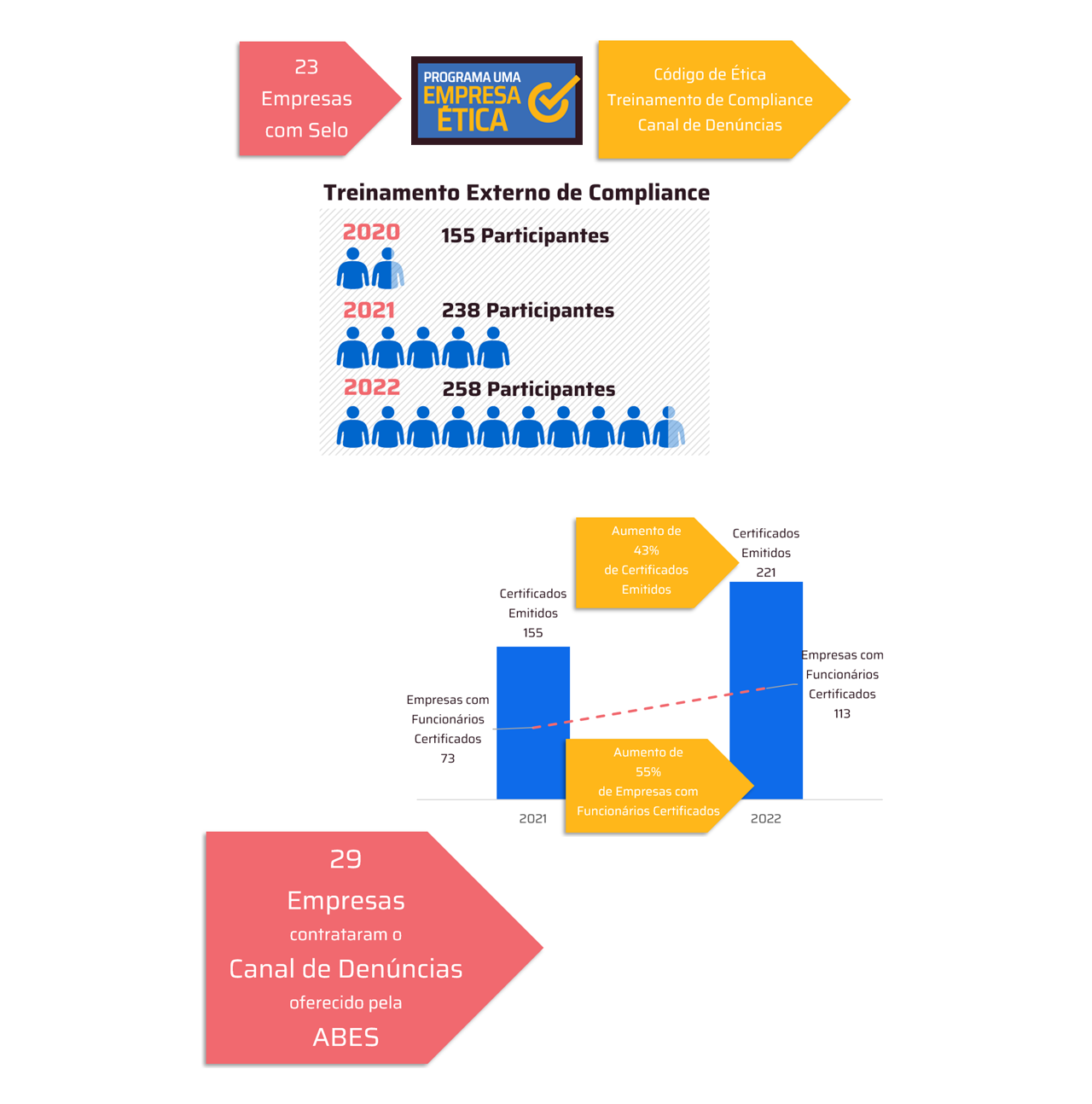Observability integrates technology, strategy, and business intelligence to ensure performance, prevent risks, and sustain innovation in companies.
 *By Fabricio Cordeiro
*By Fabricio Cordeiro
The current business scenario is marked by the exponential growth in the volume of Dice, and the computational capacity brought by the Cloud, Machine Learning, and generative AI makes it possible to process and convert them into real-time analysis, predictive analysis, and business insights, in addition to enabling automation based on observed events.
In complex operations that utilize multiple connected systems, the challenge is no longer just monitoring what's happening, but ensuring an understanding of how they're performing.
It is in this context that observability stands out: not as an extension of monitoring, but as an essential skill for modern management.
More than a technical function, this type of continuous and integrated analysis is a structured response to the growing interdependence between systems, operations, and strategic decisions. In a digitalized environment, leaders need access to insights in real time. In this sense, observability is consolidating itself as an essential tool for ensuring control, agility, and resilience in organizations.
From technical performance to business intelligence
It's common for companies to associate observability with performance dashboards or availability indicators. However, this is only the first step. An effective approach occurs when data ceases to be merely technical input and begins to reflect the actual behavior of business processes, including human variables, interactions between systems, and operational risks that are, a priori, invisible.
To illustrate, imagine a company with multiple sales channels—vendors, e-commerce, physical stores, and subscriptions. In theory, the order is placed, invoiced, and delivered. What if there's a failure in the integration between the vendor system and the logistics gateway? The system may appear stable, but the business is at a standstill. Observability steps into this blind spot, connecting the loose ends of the operation and revealing systemic flaws that simple monitoring wouldn't uncover.
More than operational control, this analytical resource acts as a continuous diagnostic tool for the company, a way to understand whether the IT and business systems are working in harmony. It's no longer a question of whether the system is online, but whether it's delivering value to the process.
A strategic agenda, no longer optional
Market maturity is still low when it comes to observability. Many organizations remain focused on technical dashboards, missing the opportunity to elevate the practice to a strategic level. Treating visibility as a strategic ally isn't a cost; it's an investment in resilience, agility, and compliance.
In regulated sectors like energy, the risks of lacking process visibility are tangible and can lead to significant costs. A lack of integration between systems that manage work orders and those that update field technicians can, for example, result in non-compliance with regulatory SLAs, resulting in sanctions. When applied intelligently, it functions like radar: it identifies noise before it becomes a crisis.
Observability can be implemented gradually, starting with critical processes, expanding on demand, and maturing based on cloud technology and pay-per-use models. This democratizes access and accelerates the learning curve. AI- and machine learning-based tools, in turn, expand analytical capabilities and offer more accurate diagnoses than human interpretation, creating predictive scenarios and recommending actions before problems manifest.
From differential to prerequisite
The question facing leaders today is not "do we need observability?" but rather "are we prepared to operate without it?" The answer, in most cases, is no. It represents a new paradigm for business management. It allows executives to see beyond performance reports and make decisions supported by dynamic evidence, in an increasingly interdependent and volatile environment.
It's what separates reactive management from proactive governance. A company that monitors is a company that pursues. A company that observes is a company that anticipates.
In a scenario where speed, compliance, and operational excellence are factors for survival, anticipation is more than a strategy: it's imperative.
*Fabrício Cordeiro is Latam Director of SAP Technology and Business at SoftwareOne, a leading global provider of end-to-end solutions for software and cloud technology.
Notice: The opinion presented in this article is the responsibility of its author and not of ABES - Brazilian Association of Software Companies









